





 |
 |
 |
 |
 |
 |
| Hajar | profile | all galleries >> Galleries >> Viking Age Art | tree view | thumbnails | slideshow |
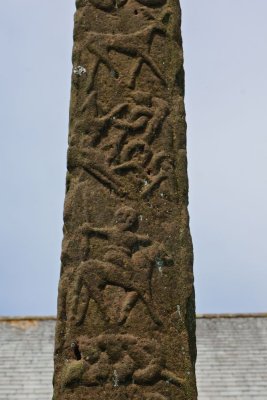
Viking Places |
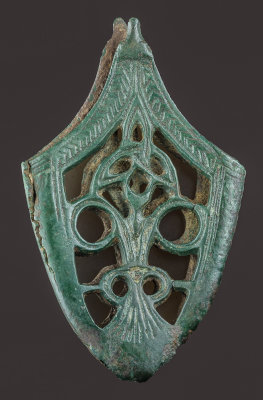
Viking Age Art Styles |

The Hammer and the Cross |
|
Runes |
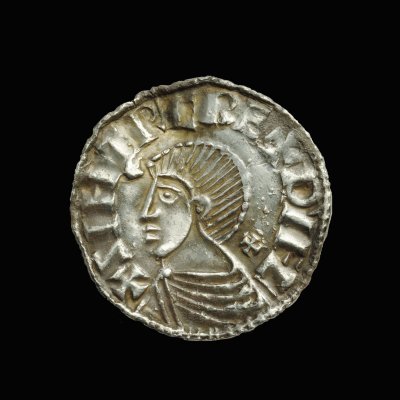
Commerce |
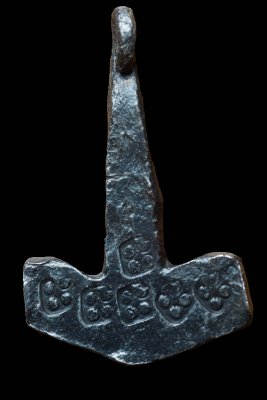
Amulets |
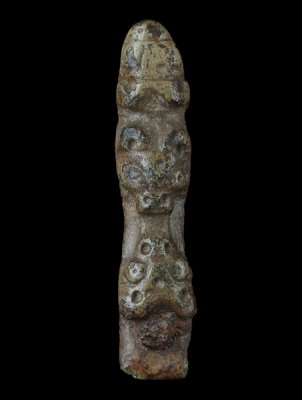
Strap ends |

Weapons |

Viking Adornments |
| comment | share |
| John Barreiro | 03-Aug-2013 21:39 | |